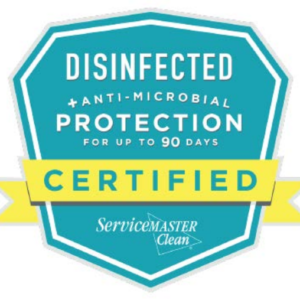Explosion Proof Vacuuming in Roanoke and the New River Valley
Request a Quote
Request A Quote
Explosion Proof Vacuuming in Roanoke and the New River Valley
Due to the risk of dust explosions in industrial facilities, OSHA recommends (and in some cases requires) that these facilities use explosion-proof vacuums when removing dust. These vacuum cleaners are specially designed to reduce the risk of a dangerous spark during operation.
Unlike traditional plant maintenance methods like sweeping and blowing dust with compressed air, these vacuums remove dust rather than simply spreading it around and making it airborne (which actually increases the risk of explosion rather than reducing it).
ServiceMaster Commercial Cleaning is pleased to offer explosion-proof vacuuming services to facilities that don’t have the specialized equipment or training required to do it themselves. We are one of the few cleaning services in the area to offer this service.
Facts about dust explosions
Our explosion proof vacuuming services are designed to help minimize the risk of dust explosions in industrial facilities. The risk of these explosions is real and can have fatal consequences. In 2008, 14 people were killed and 38 injured in a dust explosion at a sugar refinery in Georgia, and 6 people were killed in a dust explosion at a pharmaceutical facility in North Carolina in 2003.
Here’s what you need to know about dust explosions in order to begin protecting your facility:
- Dust explosions occur when a large enough concentration of particles of a combustible substance is suspended in the air.
- Dust explosions are categorized as either “primary” or “secondary”, with primary explosions describing those that occur inside equipment and are controlled by pressure relief valves and vents. Secondary dust explosions are the dangerous, uncontained explosions that cause injuries and deaths.
- Finer dust particles usually present a greater hazard than coarse particles due to the larger combined surface area of all the particles.
- There are many otherwise innocuous substances that can cause deadly dust explosions, including sugar, flour, grain, cocoa, coffee, pollen, and sawdust.
- There is a lower explosive limit (LEL) and upper explosive limit (UEL) that designate the range of particle concentration needed to cause an explosion for different substances. Keeping the particle concentration out of this range is the goal of dust explosion prevention efforts.




